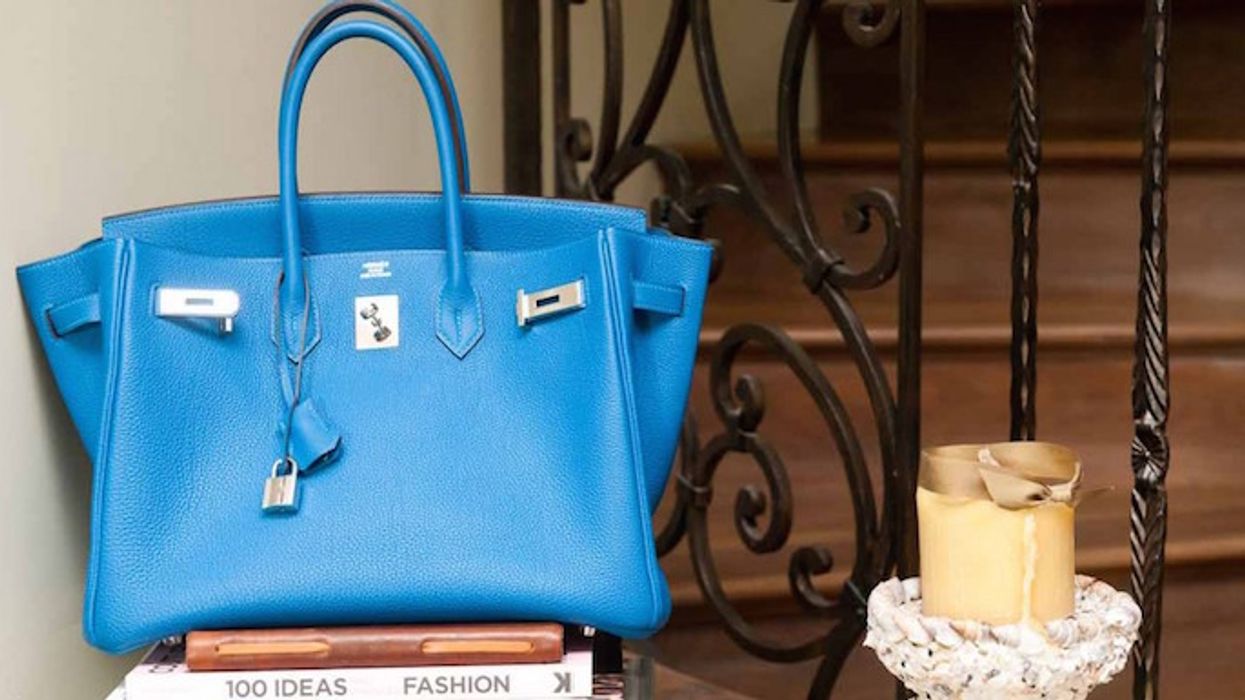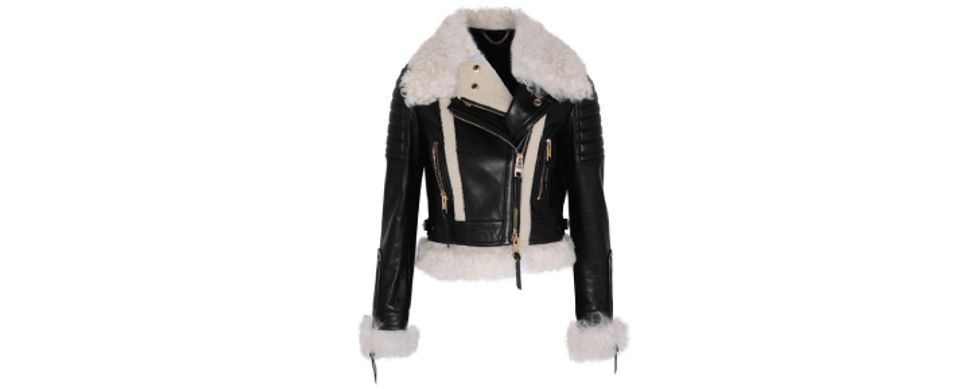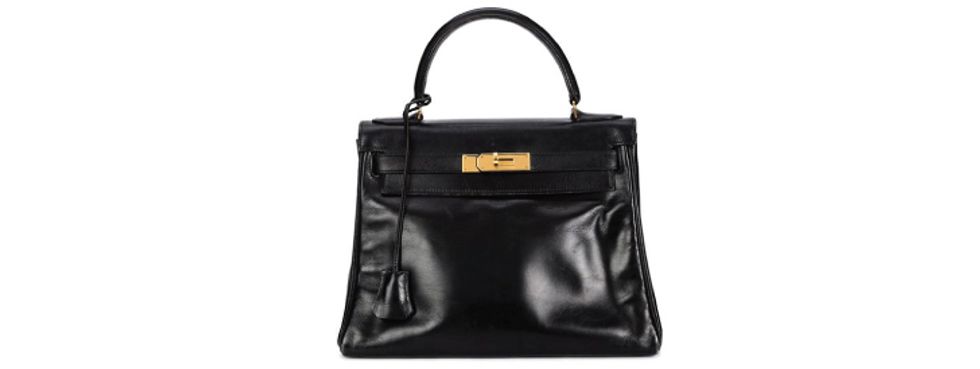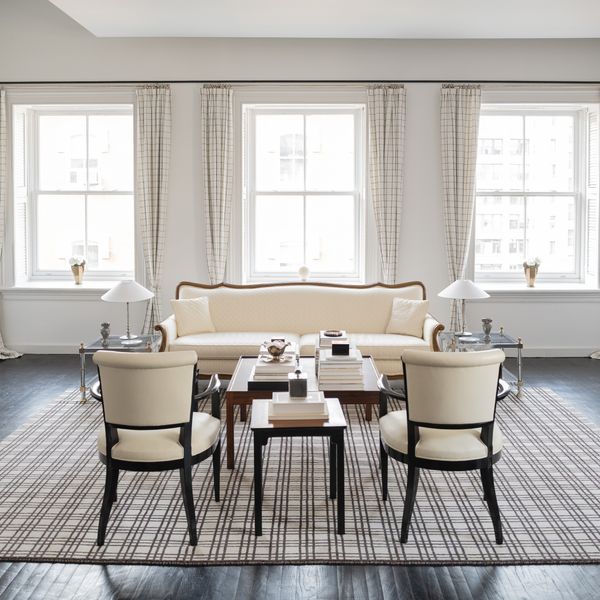The Coveteur Guide to Budgeting for the Big Stuff
And by that we mean more Maison Margiela than maison-mortgage.

We don’t need to tell you that times have a-changed since Mom and Dad checked a wedding, a kid, a house and a car off their to-do list by age 25. Save for a few rogue high school acquaintances who fast-tracked it down Milestone Mile, our quarter-century assets are looking a little different than they were a generation ago (read: a little less house, a little more House of Harlow).
Sure, there are more articles dissecting Gen-YOLO than you can shake a selfie stick at. But the way we see it, we’re more Gen-you-do-you—rather save up for Mary Katrantzou than Mercedes? Go for it. Life plans skew a little more Kidrobot-collectible than they do kid-at-27? Nothing wrong with that. Rather live in 400 artfully curated square feet than a four-bedroom McMansion? We’re with ya (just as long as it’s rent controlled. And has AC).
It’s all about finding that perfect balance of real-time and longtime happiness. But when it comes to spending big on the finer (er, designer) things in life, there’s a smart way and an MC Hammer way to spend. We asked Cov regular Tina Craig, co-founder of Bag Snob, for some advice on how to budget for those big-ticket buys.
Here’s how to practice safe splurging.


You know those online calculators that spit out how much you can afford to spend per month on rent? Sometimes we wish we had one for shoes. The closest thing we’ve found is Mint, a money-management app that generates a pie chart of your bills so you can actually see with grade-school clarity where your money is going. If your first big purchase (say, technicolor sandals) necessitates a couple months of cutting back, use it to set a budgeting goal and play around with the sliders to see how much spending less in a particular category (say, patio tacos) will save you.
But first, a PSA: Beware the trendy.
“A few seasons ago I was obsessed with leather fringed capes,” says Craig. “I found one, but it wasn’t in my size. The boutique told me they were all handmade, and that it was the last one, as they were going into another season. I took a photo of the tag and designer name, and searched for days until I tracked it all the way to a local designer in Arizona. After emailing her, she informed me that cape was no longer being made. I begged her to make one for me, and paid a pretty penny for it. Long story short, I’ve never worn it, and every time I look at it, I’m reminded that lust is not always true love.”
Craig’s rule? Splurge on the classics, and save the trendy stuff for the sale rack. It usually gets marked down first, so you won’t have to wait too long to snatch up that knee-length leather vest you’ve been eyeing.


Let’s be real—when your jacket costs as much as a used car/Eurotrip/breast implants (you know, just for comparison’s sake), there’s potential for some serious buyer’s remorse—or at least a few butterflies waiting for your Visa bill to load. When you get into the $5,000 range (or your equivalent heavy-dent-in-the-account-balance amount) tracking is key to make sure there are no surprises. Try paying for everything you buy for a week with plastic to see where every dime is going—you don’t need to do it forever, just long enough to get a snapshot of all those tiny-but-they-add-up buys you haven’t factored into your budget (plus, you’ll rack up those points while you’re at it). Once you’ve got your sample week on paper, move on to Excel.
“Keep a spreadsheet of what you want to buy versus your bank account balance and credit card balances,” says Craig. “This is a good way to control spending!”
‘Cause take it from us: You do not want to go into debt over a coat, no matter how buttery the leather.


Now here’s one of those things we’ve seriously considered spending a boatload (or at least a very nice used car-load) on—that bag.
“Bags are my weakness, as you know,” says Craig. “I think I buy at least two a month. But as long as they’re well-made, you can always resell them later for good prices.”
If you’re willing to drop those Benjamins on a keep-it-forever fashion item, make sure:
1- It’s the real deal. You can get it appraised online if you’re not 100% sure what’s a reasonable price tag—there are websites dedicated to pricing specific brands.
2- You’ve done your research. Are there a ton of the same item on eBay? Are they selling? Have you read every review you can scrounge up from the Google depths?
3- You’re willing to spend a lifetime taking care of it. “To prevent bags from losing their shapes, stuff them with t-shirts and sweaters (you get two birds with one stone this way!) or acid-free tissue paper. I also keep a cup of water in my closet, so that the exotic skins don’t dry out."


Hey, big spender. So you follow enough Beyoncés and Rihannas on Instagram to know without a tears-emoji of a doubt that you’ll probably keel over if you have to spend another month without a tiny tablet on your wrist. Hey, who are we to judge? If you’ve got expensive taste and money to burn, do an honest audit of how much you’re spending on luxury items. It’s fine to spend a good chunk of your income on the things you love, as long as you know how that affects your monthly discretionary spend.
“[I spend] about 30% on fashion, and 70% on travel and food—I love to eat,” says Craig. “Travel is the only thing you can buy that makes you richer. [But] I avoid impulse shopping when traveling. It’s not like you can take your purchase back the next week if you realize it’s out of budget.”
So if you’ve allocated 1/4 for fashion purchases, but the latest must-have eats up 3/4 of your leisure budget, maybe it’s not the month to head to St. Barths (sounds obvious, we know. You can roll your eyes in the direction of this list).


You don’t have to have binge-watch Say Yes to the Dress to know it’s probably the biggest (and most universally accepted) fashion purchase you’ll make, so make it a good one. When it comes to a piece that carries this kind of weight (both emotional and physical), you’re going to want to make sure you’ve budgeted enough to make sure you’ll be over-the-honeymoon elated about it. And agree to disagree with us, but if your heart is set on going designer and the thought of off-the-rack makes you shake in your Aquazzuras, a couple thousand dollars isn’t worth going with the runner-up.
If there are nuptials on your horizon and there’s no Bank of Mom and Dad footing the bill, this is the kind of thing you want to open a savings account for well in advance. (If you’re curious, you’ll need to set aside $520 a month for two years if you’re counting on that custom Carolina Herrera).
And how do you know if it’s the one?
“First and foremost, ask the store to hold it for the maximum allowance (some places do two days, others two hours). If you go to bed each evening and wake up each morning thinking about it, then get it. Also, ask your most trusted and honest best friend if the splurge looks amazing on you,” says Craig. “And take a few photos in the dressing room…the mirror doesn’t lie!”
—Chelsey Burnside









